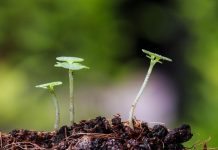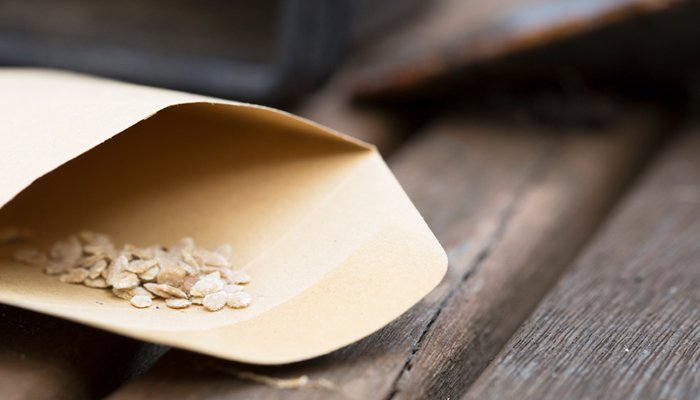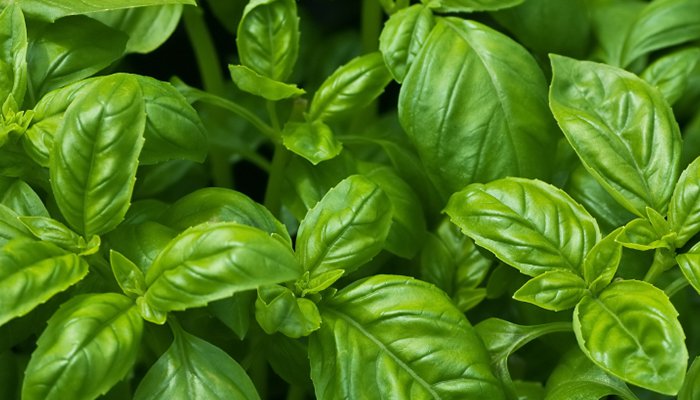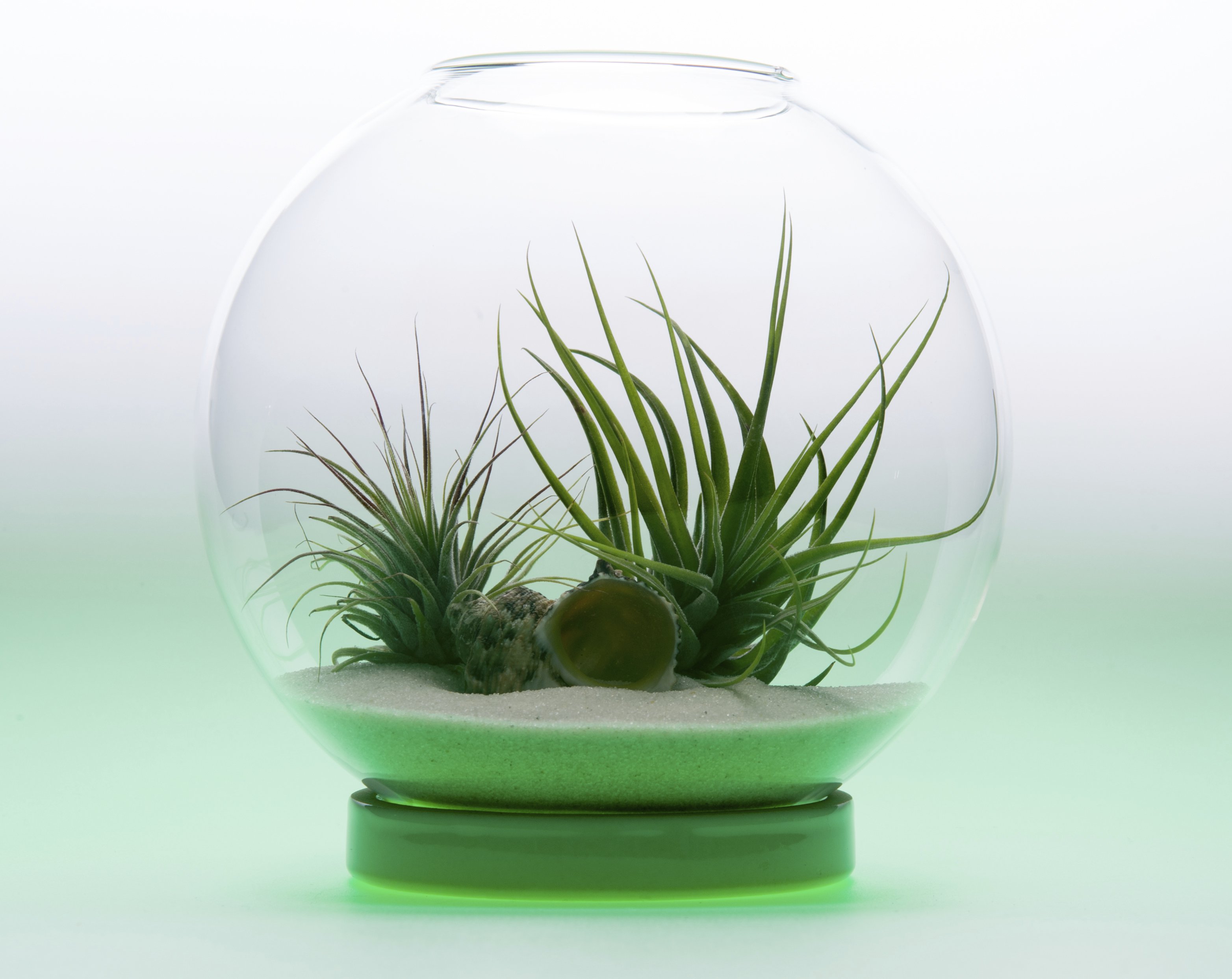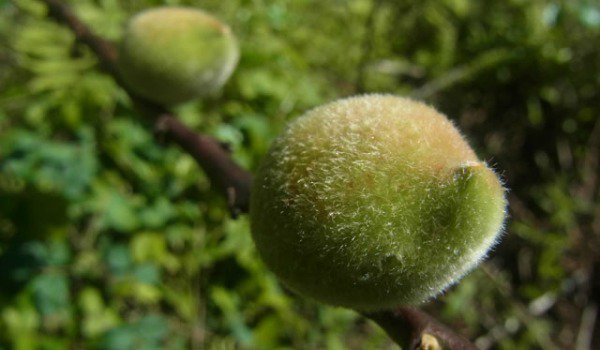We learn in school that all plants need to grow is air, sunlight and water, but anyone who’s tried to grow a garden knows that it takes a little more babying when you’re trying to force a plant to grow where it wasn’t naturally already. This is where fertilizer comes in, and can be a huge help in your gardening efforts. See, typical ground soil lacks all of the nutrients that most plants need, and that’s why we need fertilizer – to make our plants grow faster, healthier and be more productive than they would otherwise. But of all the products and methods on the market and being promoted today, what’s the best way to go about fertilizing your plants? We’ve done some research for you so that you can look no further to determine the best way for you to proceed.
It’s Not One Size Fits All
Don’t be fooled by that semi-cheap “all in one” fertilizer you see at your local hardware store. While you probably could use one fertilizer for your veggies and your flowers, it definitely won’t yield the best results for you. Likewise, you shouldn’t put flower fertilizer on your veggies and veggie fertilizer on your flowers. So, start there: look for a fertilizer that is specifically for the plant you’re fertilizing.
Go Organic
You have two choices when it comes to the type of fertilizer you use: organic or synthetic. In short, synthetic fertilizers are water soluble, meaning they won’t last long at all in the ground for your plant. Synthetic fertilizers are great for giving your plant a good boost, but not for plants that are in it for the long haul. For the long-term health of your plant, an organic fertilizer will work to sustain the life of the soil around your plant, ensuring that it gets the nutrients it needs.
It’s Not a One Time Thing
Many people make the mistake of fertilizing once and expecting the sun light and air to work miracles. As we touched on, the purpose of the fertilizer is to ensure that your plant is getting the nutrients it needs throughout its life. Note that it’s not magic fertilizer that works forever, it too will be bled out of its nutrients, causing the soil to be bled out of its nutrients. This is why we recommend you add more fertilizer and more soil (together) during critical parts in the plant’s life: just after planting, after it sprouts from the ground, around the time of the first produce budding or bloom, and then every few weeks after. This will ensure that your plant is constantly being fueled with nutritious, new soil, and never left to wilt in lifeless dirt.
Fertilizing your plants certainly isn’t rocket science, although hardware stores, gardening blogs and other resources can sure make it seem that way. Don’t be overwhelmed with the process to the point of neglecting it all together. Simply, buy your fertilizer based on the plant life you’re fertilizing, go organic, and feed your soil often. A few weeks into the process you’ll see rapid results and improvement in your plant’s life, and you’ll realize that it’s really very easy.


